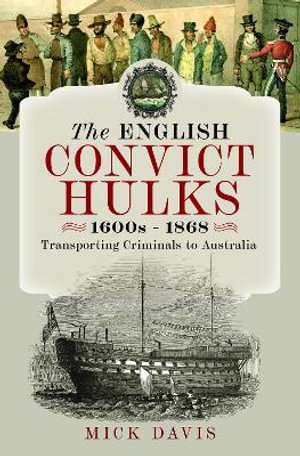
PublishedPen And Sword, June 2024 |
ISBN9781399054492 |
FormatHardcover, 224 pages |
Dimensions23.4cm × 15.6cm |
In the seventeenth and eighteenth centuries, Britain had eased its problem of crowded jails and surplus criminals by packing them into ships and sending them off to the American colonies to be sold as what amounted to slave labour. All this came to an end with the revolution of 1775 and the legal system was stuck with an ever-increasing army of desperate felons.
As there was no national prison system, these felons were crammed on to derelict sailing ships, the hulks, and put to hard labour in appalling conditions, mainly along the rivers Thames and Medway. Their story has been largely ignored by generations of historians and here, for the first time, detailed accounts of their plight, along with the lives and careers of the quite extraordinary men who ruled over them, is examined. Duncan Campbell, for instance, was the ship's captain and plantation owner who first organised the hulk system, and Aaron Graham the magistrate who spied upon, and then defended, the leader of the Nore mutiny and employed William Bligh of the Bounty mutiny to captain his ships. There are biographies of some of the colourful rogues, children and gentleman thieves who were crammed together and condemned to spend years in despair, starvation and degradation, often with their arms and legs manacled and subject to vicious punishments for minor infringements of the regulations. In theory, the hulks were simply holding pens until convicts could be shipped off to the new colonies in Australia, but many sentenced to be transported for terms of between seven years to life were destined to serve most of, if not all, their term onboard. Those that did make it to the other side of the world after a harrowing journey were seldom better off and their story is told in the final chapter. AUTHOR: Mick Davis was brought up in Plymouth before finding gainful employment with one of London's top criminal defence lawyers. He now lives in Frome, Somerset and works full-time researching and writing, mainly historical biography, archaeology and true crime as well as being a volunteer at Frome Museum, a committee member of the Frome Society and editor of its Yearbook. This is his eleventh book. 32 b/w illustrations

